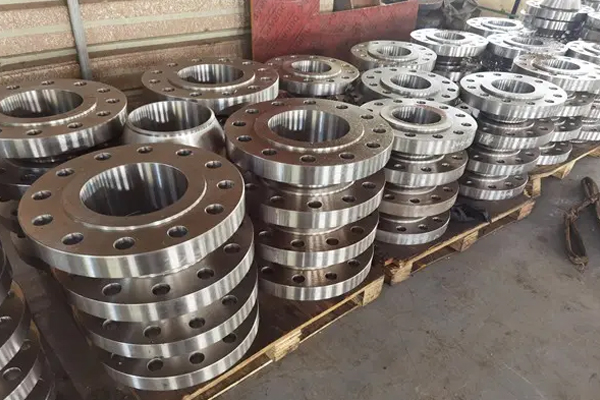Introduction to the use of flange knowledge
Introduction to the use of flange knowledge
Pipe flanges and their gaskets and fasteners are collectively referred to as flange joints. Flange joint is widely used in engineering design, involving a very wide range of parts. It is an essential part of piping design, pipe fitting valve, and is also a necessary component in equipment, equipment parts (such as manhole, mirror level gauge, etc.).
In addition, other professional such as industrial furnace, thermal engineering, water supply and drainage, heating and ventilation, automatic control, etc., also often use flange joints. Raw materials: forged steel, WCB carbon steel, stainless steel, 316L, 316, 304L, 304, 321, chromium molybdenum steel, chromium molybdenum vanadium steel, molybdenum titanium, lining rubber, lining fluorine raw materials.
Type: flat welding flange, neck flange, butt welding flange, ring connection flange, socket flange, and blind plate, etc. The performance specifications are GB series (national standard), JB series (mechanical department), HG series (Chemical Department), ASME B16.5(American standard), BS4504(British standard), DIN(German standard), JIS(Japanese standard).
World pipe flange specification system: There are two main pipe flange specification systems in the world, namely the European pipe flange system represented by the German DIN(including the former Soviet Union) and the American pipe flange system represented by the American ANSI pipe flange. In addition, there are Japanese JIS pipe flanges, but in petrochemical equipment generally only used for public works, and the impact in the world is small.
